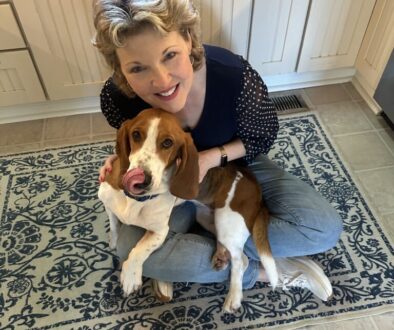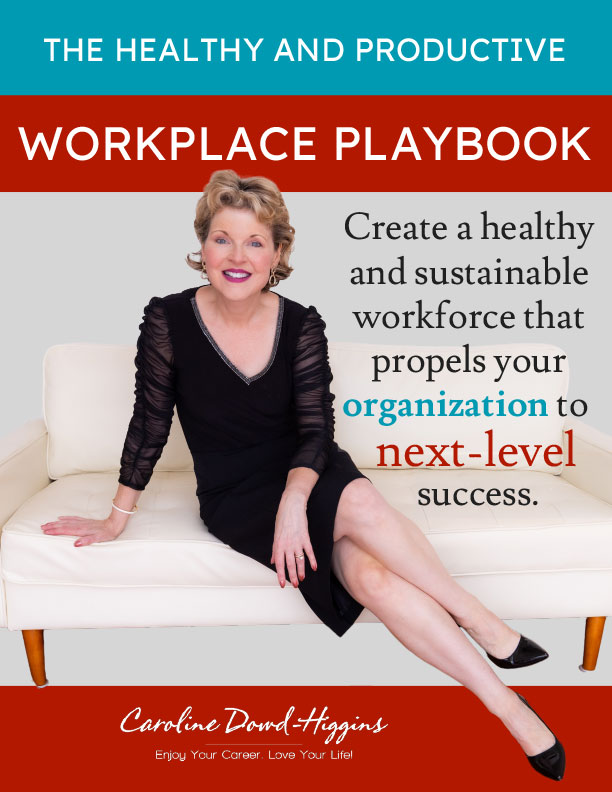Establish a Gossip Free Workplace

I read a fascinating New York Times article by Shayla McKnight who shared a story about her job interview with an online printing company. The Human Resources Manager was clear about the no-gossip policy and no office politics rule before she was even hired. While McKnight thought the policy was refreshing it also seemed hard to believe. She was even asked to sign the company’s agreement to values form when she accepted the position. After experiencing a variety of toxic work environments where gossip and backstabbing was the norm, McKnight says that her current workplace is a dream come true. There is a real sense of trust and teamwork, and the positive environment is palpably different than any other she has experienced.
Grapevine Gets Out of Control
Communication is essential in the workplace and perhaps even more important now that many are straddling the hybrid in-person and remote work environments. I once heard gossip in my former organization about to the exact project I was working on that was flat out false. I asked the well-meaning colleague how they heard this tall tale and learned that the grapevine was alive and well.
It reminds me of the telephone game played by children when you would pass along a short story in a circle and by the time it reached the last person, the message was completely different than when it started. When confronted with false information or gossip, I begin by asking, “How do you know this to be true?” This helps establish if the information is fact-based or hear-say and helps us all remember that the grapevine usually gets distorted along the way.
Transparency
One of my professional values is transparency. Workplace transparency is a philosophy of sharing information freely to benefit the organization and its people. I refer to this as the good, the bad, and the ugly and my colleagues know they can count on me to share bad news as well as good news to honor radical candor, developmental feedback, and celebrating the positive.
I also understand that some situations require confidentiality and not everyone in an organization can or should be privy to all information. While it can feel like you are being left out, a need-to-know basis is essential for circumstances that have compliance, legal, or classified implications. There are times when we are not allowed to know everything and that’s ok.
Find Your Person at Work
Gallup is known for their employee satisfaction survey that asks if you have a best friend at work. The data clearly shows that having a trusted friend positively impacts performance and engagement at work. I will take it a step farther and encourage you to develop a trusted confidante, or circle of trust where you can safely share and process ideas, frustrations, emotions, and experiences. This is at the heart of a culture of psychological safety.
A McKinsey article about psychological safety and leadership development states:
When employees feel comfortable asking for help, sharing suggestions informally, or challenging the status quo without fear of negative social consequences, organizations are more likely to innovate quickly, unlock the benefits of diversity, and adapt well to change—all capabilities that have only grown in importance post pandemic.
Accountability
So how do you realistically achieve this workplace nirvana and encourage buy-in from all colleagues for a gossip free work zone? A big factor is accountability and making sure everyone is onboard for the new and healthy attitude. A values agreement that is devised by the team can be a great place to start. When colleagues are part of developing a new system or set of expectations they have more vested interest in the success of the program.
It all boils down to how individuals communicate. McKnight’s company uses a communications assessment to determine a person’s dominant communications style. If someone types as a “red” they appreciate directness while a “blue” enjoys having all the details and time to process. “Yellows” are spontaneous and enjoy personal connection and the “greens” are sensitive and tend to be compassionate and supportive.
Name plates on each person’s desk identify their dominant color and this information is also accessible in the company data base if you are not within visual range of a name plate and want approach a co-worker in a way that is most appropriate for their style. The system promotes harmony with in-person, virtual, and digital communication as well as company strategy implementation and goal setting.
Clear is Kind
To quote the iconic Brenè Brown, “Clear is Kind.” It takes brave leaders to build courageous cultures. Clear is kind. Unclear is unkind. Talking about people rather than to people is unkind.
Zack Montroy summed it up beautifully in his article on Medium.
Have the tough conversations. Be clear on what’s ok and what’s not ok. From time-to-time people are going to let you down or they’re not going to handle situations or relationships well. Too often we hint at things being awry or we mistakenly assume people will sense our disappointment, uncomfortably or disapproval. They probably don’t and you avoiding the tough conversation on realigning expectations is helping no one. It’s not helping you — it’s going to fester and lead to further hurt and disappointment. It’s not helping them — they likely don’t know they haven’t missed the mark or if they do, they don’t understand the severity of it.
Being clear and being kind can be uncomfortable and it’s not always easy.
“Integrity is choosing courage over comfort; it’s choosing what’s right over what’s fun, fast or easy; and it’s practicing your values, not just professing them.” -Brené Brown
As for the gossip free workplace, it can be achieved but it takes work and buy-in from all players. The result is a healthy work environment that is more pleasant and more productive for all.






